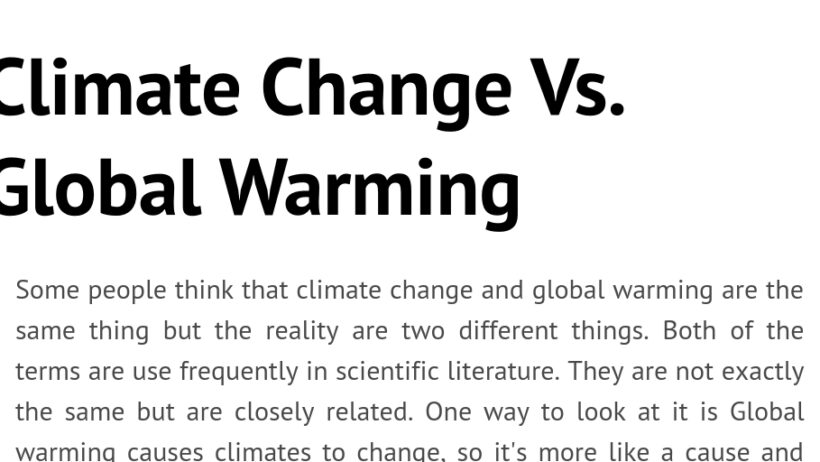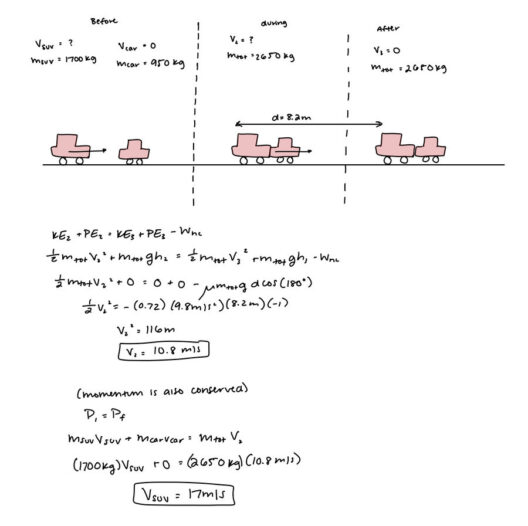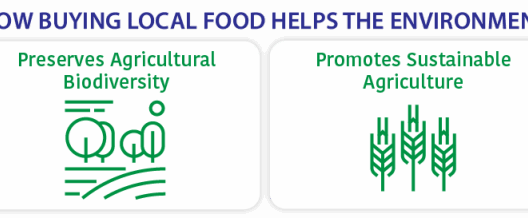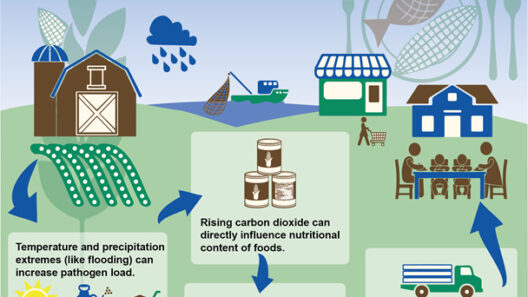In modern discourse surrounding environmental issues, the terms “global warming” and “climate change” are often used interchangeably, leading to confusion among the general populace. Nevertheless, although these terms are closely related, they denote distinct phenomena that merit careful examination.
Global warming refers specifically to the long-term rise in Earth’s average surface temperature, predominantly attributed to the increase in greenhouse gases such as carbon dioxide, methane, and nitrous oxide. This phenomenon is largely the result of human activities, particularly the burning of fossil fuels and deforestation, which release vast amounts of carbon into the atmosphere. It is imperative to understand that global warming is a subset of the broader concept known as climate change.
Climate change, in contrast, encompasses a wider array of alterations in the Earth’s climate systems. These changes can include shifts in precipitation patterns, increased frequency and intensity of extreme weather events, changes in sea levels, and disruptions to ecosystems and biodiversity. While global warming serves as a significant driver of climate change, it is not the sole contributor. Natural processes, such as volcanic eruptions and variations in solar radiation over the years, also play intrinsic roles in shaping climate dynamics.
To elucidate the nuances further, consider the timeline of temperature increases since the late 19th century. The Intergovernmental Panel on Climate Change (IPCC) signifies that the Earth’s average surface temperature has risen approximately 1.2 degrees Celsius since pre-industrial times. This seemingly modest increase can lead to catastrophic ramifications, such as polar ice melt, which contributes to rising sea levels, thus threatening coastal communities worldwide.
Moreover, climate change manifests in myriad ways. Altered weather patterns can exacerbate droughts, resulting in significant agricultural losses and food insecurity. On the other hand, increased precipitation can lead to severe flooding, decimating infrastructure and displacing communities. The interplay of global warming with these climatic shifts accentuates the urgency of addressing the climate crisis.
Another critical distinction lies in the timeframe and scope of the two concepts. Global warming is often assessed over a relatively short duration—typically decades to a century—whereas climate change encompasses changes that can span millennia. Thus, while short-term forecasts may emphasize warming trends, long-term projections necessitate a broader perspective that incorporates historical data and natural variability.
Furthermore, acknowledging the various climate zones is crucial for understanding climate change. Different regions experience its effects uniquely based on local geography, atmospheric conditions, and socioeconomic factors. For instance, the Arctic is warming at twice the rate of the global average, leading to rapid ice loss that, in turn, has global repercussions, including the disruption of ocean currents and weather patterns.
In public discussions about climate issues, the conflation of global warming and climate change can have detrimental consequences. For example, focusing solely on temperature rise may lead to overlooking other critical components, such as ocean acidification, deforestation, and loss of biodiversity. These factors are integral to understanding the full spectrum of challenges associated with climate change.
Furthermore, this misunderstanding can impede effective policy formulation. Governments and organizations that fail to recognize the complexity of climate change may design interventions that address only a fraction of the problem. Emphasizing holistic strategies—such as reducing greenhouse gas emissions, enhancing carbon sinks, and promoting renewable energy sources—becomes imperative. Only through a comprehensive approach can we hope to achieve meaningful progress in combating climate change.
Public perception plays a critical role in the urgency of climate action. Many individuals may detach the concept of global warming from their everyday lives, reducing it to a mere statistic reported in the media. To foster a robust collective response, environmental educators and activists must emphasize that climate change is not merely an environmental issue but a multifaceted crisis that intersects with public health, economic stability, and social justice. The health of our planet and humanity’s future hinges on understanding these connections.
It is also essential to engage with local communities to tailor climate action to their specific contexts. Grassroots movements, which often arise in response to local climate impacts, can drive significant change when empowered with the necessary resources and support. For instance, initiatives that prioritize reforestation, sustainable agriculture, or renewable energy adoption can help mitigate the impacts of global warming while simultaneously enhancing community resilience.
On an individual level, understanding the distinction between global warming and climate change can also foster greater personal accountability. Individuals can contribute to the solution by adopting sustainable practices, such as reducing energy consumption, minimizing waste, and advocating for systemic change through political and civic engagement.
In conclusion, while global warming and climate change are interconnected concepts, they are not synonymous. Global warming denotes the specific phenomenon of rising temperatures due to greenhouse gas emissions, whereas climate change encompasses a broader range of alterations to global climate systems. Understanding these differences is crucial for effective communication, policy-making, and individual action. As we confront the climate crisis, clarity in our language and purpose will be vital to mobilizing collective efforts toward a sustainable future. Engaging in constructive discourse and promoting awareness are fundamental steps in driving meaningful change across all sectors of society.








